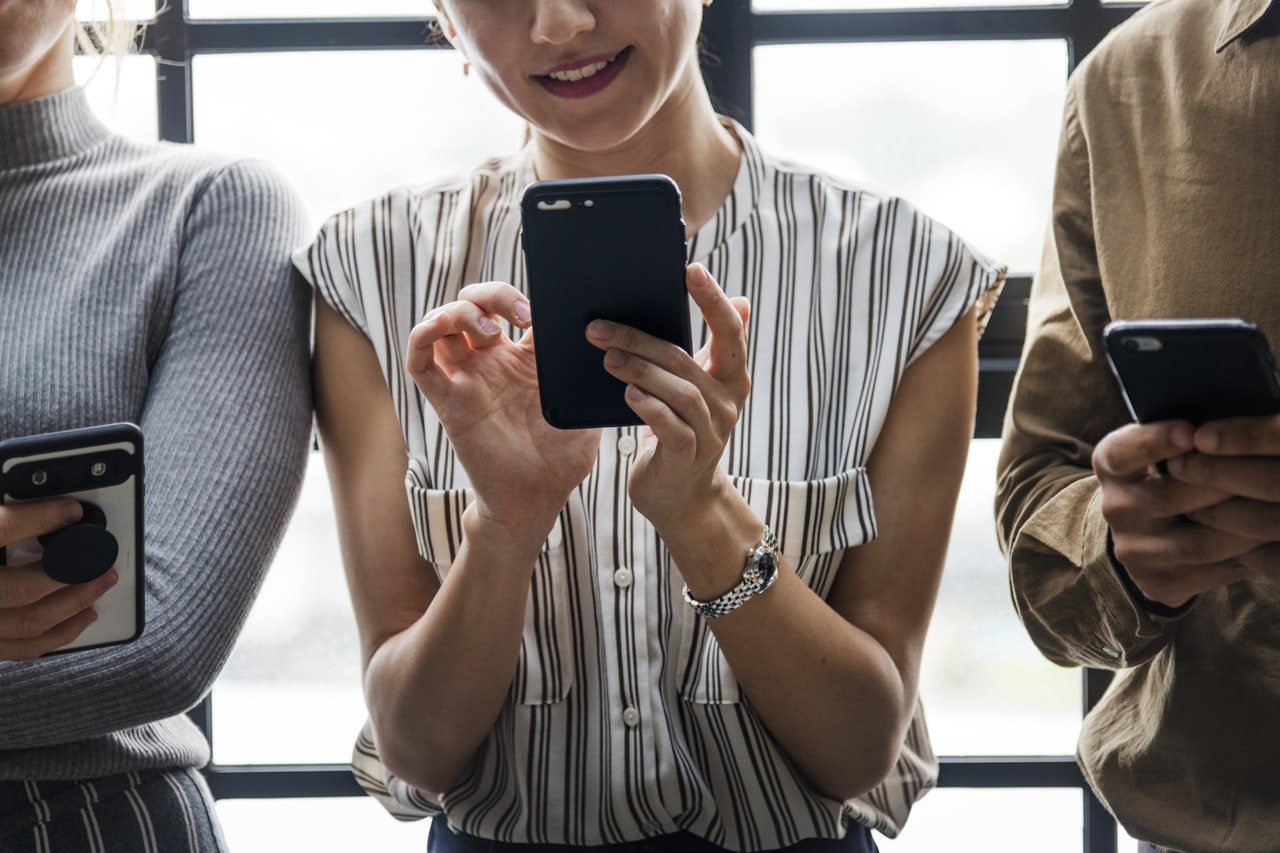Social media has transformed the way we communicate, connect, and consume information. Yet, beneath its glossy surface lies a darker reality: many people find themselves emotionally and mentally ensnared by its addictive design. While the platforms promise connection, they often deliver dependency. Here are seven reasons social media has you trapped, supported by research, and seven actionable strategies to reclaim your freedom.
1. Dopamine Dependency
Social media platforms are engineered to exploit your brain’s reward system. Each like, comment, or notification triggers a dopamine release, creating a feedback loop that keeps you returning for more. Studies in Nature Communications reveal that social media shares the same addictive mechanisms as gambling, fostering compulsive use.
How to Escape: Turn off non-essential notifications to reduce the constant dopamine hits. Designate specific times for social media use rather than checking impulsively throughout the day.

2. Comparison Culture
Scrolling through curated feeds often leads to unhealthy comparisons. Seeing others’ highlight reels can create feelings of inadequacy and low self-esteem. A study in Computers in Human Behavior found that social media use is linked to higher rates of envy and depressive symptoms.
How to Escape: Follow accounts that inspire or educate rather than provoke comparison. Regularly review your feed and unfollow profiles that negatively affect your mental health.
3. Fear of Missing Out (FOMO)
Social media thrives on FOMO, the fear that you’re missing out on exciting events, trends, or opportunities. This can lead to compulsive checking and a heightened sense of anxiety. Research published in the Journal of Social and Clinical Psychology links FOMO with lower life satisfaction.
How to Escape: Reframe your mindset by focusing on gratitude for what you have rather than what you might be missing. Engage in offline activities that bring genuine joy and fulfilment.
4. Echo Chambers and Polarisation
Social media algorithms prioritise content that aligns with your interests, creating echo chambers that reinforce your existing beliefs. Over time, this can polarise opinions and limit exposure to diverse perspectives. A Harvard Business Review study highlights how this phenomenon contributes to increased social division.
How to Escape: Diversify your information sources by following accounts with differing viewpoints. Step away from contentious online debates and engage in face-to-face discussions to build mutual understanding.
5. Time Drain
Social media is a master of stealing time. The average user spends over two hours daily on social media, according to Statista. This cumulative time could be used for more meaningful pursuits, such as hobbies, relationships, or personal development.
How to Escape: Use time-tracking apps to monitor your usage and set daily limits. Replace mindless scrolling with intentional activities like reading, exercising, or learning a new skill.
6. Mental Fatigue
The constant barrage of information on social media can overwhelm your brain, leading to decision fatigue and reduced focus. The Journal of Communication reports that high social media use correlates with decreased attention spans and lower productivity.
How to Escape: Practice digital minimalism by decluttering your social media environment. Limit the number of platforms you use and focus on those that genuinely add value to your life.

7. Privacy Erosion
Social media platforms often collect vast amounts of personal data, sometimes without clear consent. This erosion of privacy leaves users vulnerable to data breaches and targeted manipulation. Research by Pew Research Center reveals that 79% of social media users are concerned about their personal data being used improperly.
How to Escape: Review and adjust your privacy settings on all platforms. Be cautious about sharing personal information and regularly audit the apps connected to your social media accounts.

7 Ways to Escape the Social Media Trap
Escaping the clutches of social media doesn’t require a complete disconnect. Instead, it’s about establishing boundaries and using it intentionally. Here’s how:
- Set Screen-Free Zones: Designate areas in your home, like the bedroom or dining room, where social media is off-limits.
- Take Regular Digital Detoxes: Schedule short breaks from social media, such as one day a week or a week per month, to reset your habits.
- Engage in Offline Hobbies: Rediscover activities you enjoy outside the digital world, such as painting, hiking, or playing a musical instrument.
- Practise Mindful Social Media Use: Before opening an app, ask yourself what purpose it serves. Avoid mindless scrolling by having a clear intention.
- Use Productivity Tools: Install apps that block or limit social media usage during specific hours to reclaim your time.
- Focus on Real-Life Connections: Invest more time in nurturing relationships offline. Face-to-face interactions are proven to enhance emotional well-being.
- Educate Yourself: Learn about the psychological tactics used by social media platforms to maintain user engagement. Awareness can help you resist manipulative design features.

The Takeaway
Social media can be both a powerful tool and a trap, depending on how it’s used. By recognising the ways it keeps you hooked and taking proactive steps to limit its control, you can break free and lead a more intentional, fulfilling life. Balance is key: use social media to connect and learn, but don’t let it define or dominate your world.








